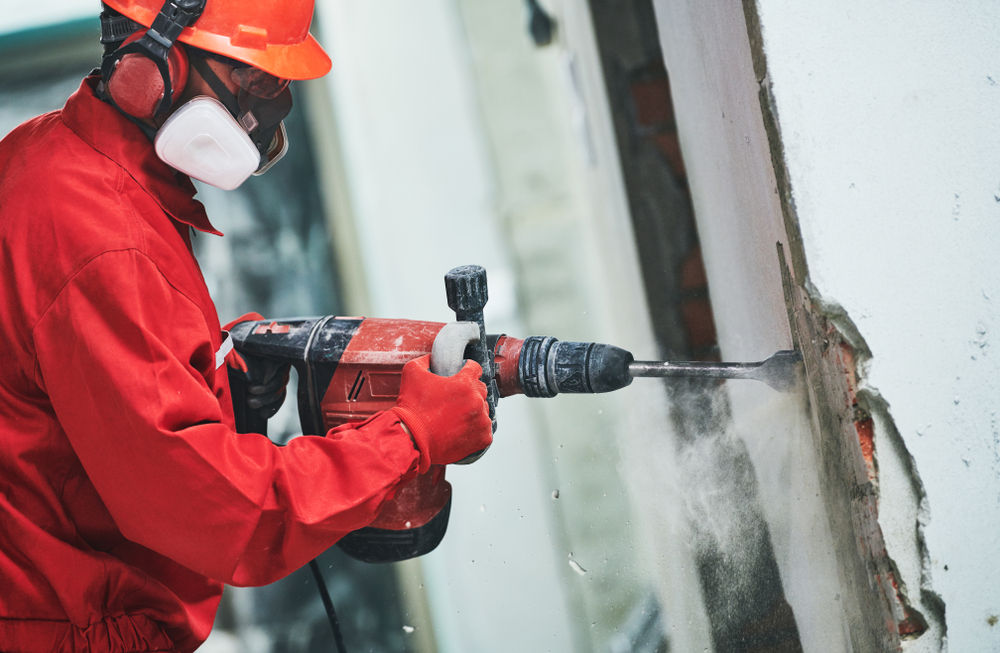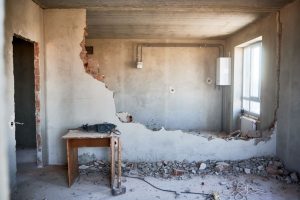An ideal select demolition team excels in service, environmental awareness, cost-effectiveness, experience, and communication. Specific select demolition plans for commercial building renovations may range from abating asbestos and remediating mold to entire building strip-outs and removal of all nonstructural elements.
Many of these projects are laborious and time-consuming, yet they still can save your company money when you’re renovating an old building. In today’s blog by Environmental Demolition Group, we take a look at how select demolition services save you money in the long run.
Communicating with your team, requesting quote estimates, and preparing for any emergency construction costs will save you time, effort, and money for any dismantling project.
We Follow State & Federal Requirements
Select demolition services typically must meet state and federal requirements to undertake a particular project. A professional company like Environmental Demolition Group already understands regulatory issues regarding your property, and we’ll make sure there are no delays, fines, or penalties when it comes to removing contaminants from your property.
Alleviating regulatory hurdles can keep your project on time while reducing labor costs associated with additional work that may need to be done.
Receive an Accurate Estimate
After a select demolition team inspects your property, we can give you an accurate quote that allows proper budgeting for all upcoming expenses and materials. This is particularly important when you have bidding considerations and a tight budget. An accurate estimate prevents guessing the lump sum of costs on your own and overspending on select demolition services.
Even though contaminants and hazardous waste removal may make a project more cumbersome, getting an accurate estimate is crucial when your company or agency also receives bids for complete demolition and building from scratch.
Your Main Building Remains Intact
The biggest money-saver comes from the structural elements of the building itself. Select demolition services obviate the need to completely demolish the building to start from an empty lot.
The larger the building, the more money you could potentially save. This depends on the condition of the interior, the extent of hazardous waste removal to be performed, and how much work construction crews need to do to bring the building up to modern standards.
Select demolition keeps the structure of the building intact. Exterior walls, load-bearing interior walls, foundations, steel beams, and the roof all remain intact with our services. Anything that’s not structurally relevant, we’ll remediate or remove depending on the extent of the environmental damage.
Prevent placing your home and health in the line of danger; let an Environmental Demolition Group team service your disassembly needs.
Let Environmental Demolition Group Service Your Interior & Exterior Demolition
Our team specializes in select demolition waste disposal to safely remove dangerous and non-hazardous material. Contact our office or call 859-363-4863 today to start the conversation. We can outline exactly what needs to be done on your site to give you a clear picture of how much money could save on a project versus new construction and starting from scratch. We consider proposal requests with your budget and best interests in mind.





